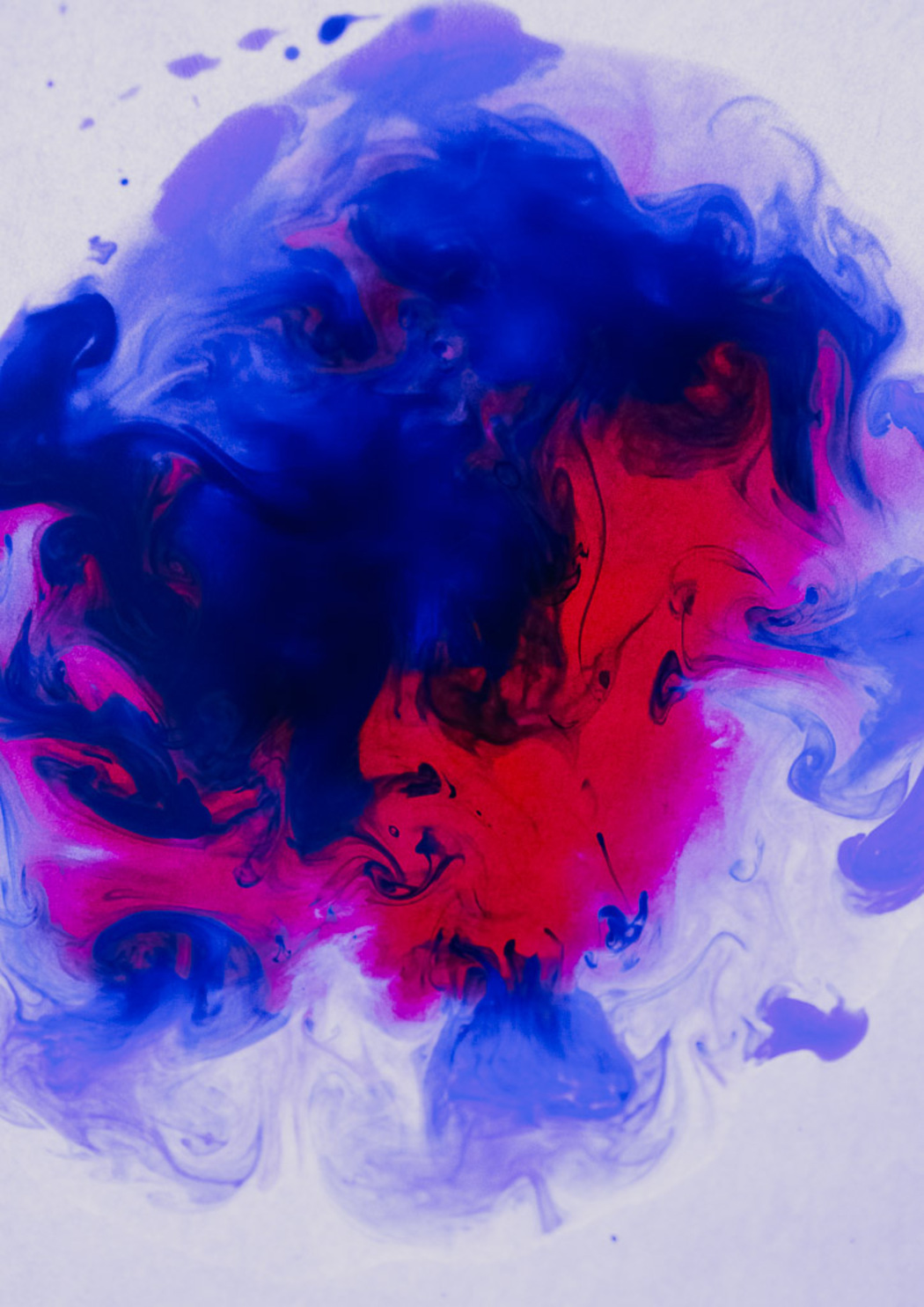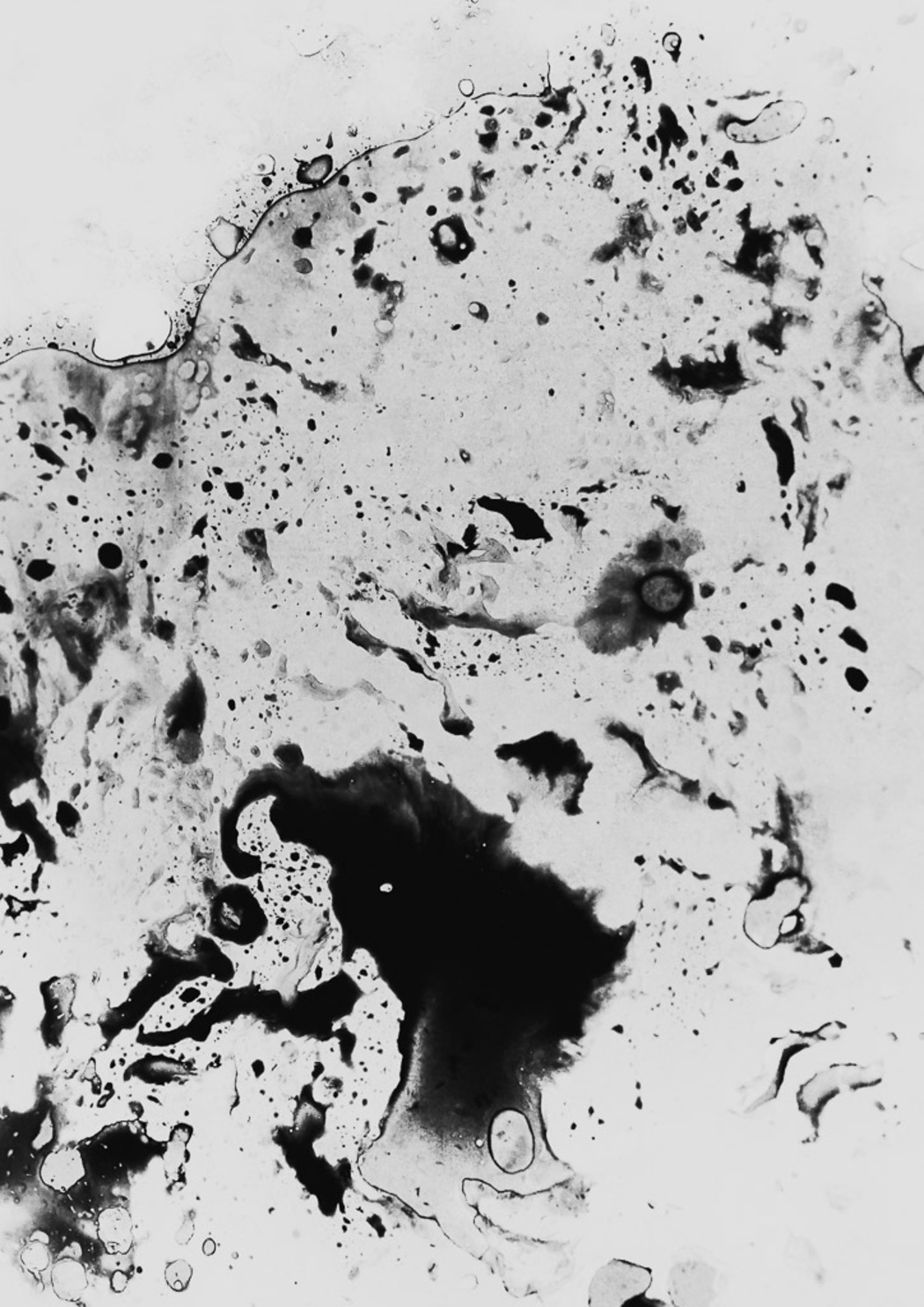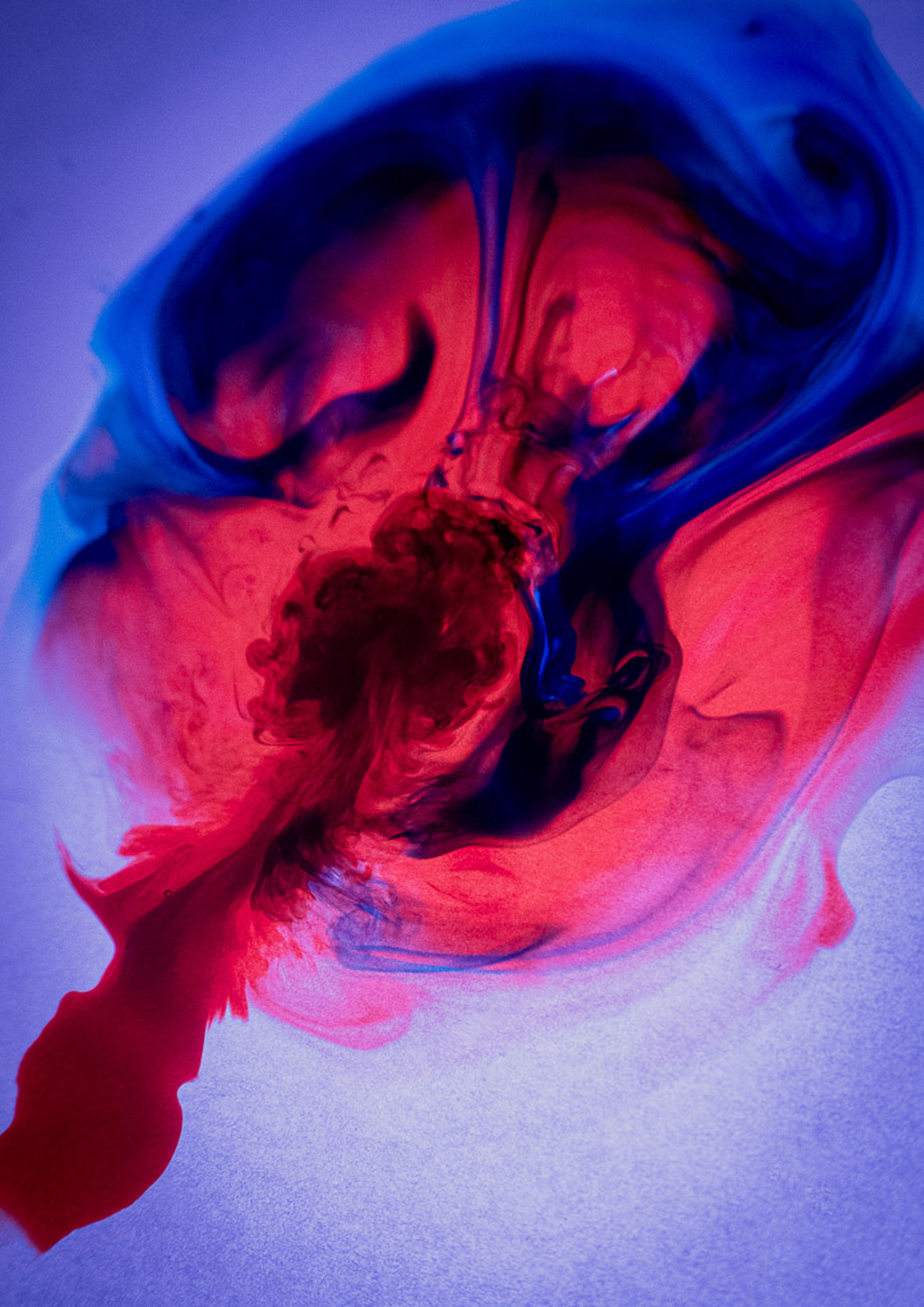Mila Gromysz
Year of birth: 1992.
Where do you live: Warsaw, Poland.
Your education: University of Science and Technology in Cracow, Polish Academy of Sciences.
Describe your art in three words: concept, aesthetics, idea.
Your discipline: photography, liquid light show, drawing, experiments, programming.
Instagram

Can you tell us about your journey into conceptual art and how your background in computer science and gender studies influences your creative process?
I have never truly been interested in recreating reality, although I do appreciate the technical aspects of realistic drawing lessons and compositional exercises. Conceptual art, however, seems to me the highest form of art—the closest to the very definition of art itself. For me, conceptual art answers the question of what art should be. The process of creation is just as important as the final effect and message of a given piece.
As for my studies, gender studies have unquestionably helped me fully understand the culture around me and the rules that govern the modern world. Gender studies are the missing element in cultural studies, significantly influencing the messages I want to convey through my art.
Regarding my engineering background, it undoubtedly plays a role in my creative process—where I approach a work like a scientist, planning each stage meticulously, while also allowing myself the freedom for spontaneity and chaos.
Your work often explores perception and undefined forms. How do you balance the abstract and the tangible in your pieces?
I strive to ensure they harmonize with each other. In the case of images created using the liquid light show technique, it was very important to me how they would look in their physical form—I went through a series of tests, print trials, and paper selection processes. It was crucial for me that the abstraction created digitally would gain greater clarity in reality, becoming deeper and more engaging for the viewer.
In your artist statement, you mention avoiding curatorial ideologies and clichés. Can you elaborate on what that means to you and how it shapes your work?
I believe that artists are unfortunately often tempted to conform. Today, social media plays a significant role, setting trends that can influence what an artist creates. The same applies to curators and the art gallery world, where trends and what is currently selling are crucial. In a way, there is a constant attempt to box artists and art into predefined labels. I sincerely hope to resist that.

“Episode” is your first album of liquid light posters. How did this project come about, and what do you hope your audience takes away from it?
I wanted to present the premiere of my artwork in a distinct form, and I chose an analogy to music albums. I call each poster a “track,” each with its own title, while the entire collection forms an album. This project was, in part, a way to bring back an idea I had shelved a few years ago, yet the works themselves were created in 2024, making them fresh and reflective of my current moods. By publishing the album, I aimed to offer my audience something intriguing—to captivate them and provide a strong dose of aesthetics that resonate with me at this moment.
How does your background in programming contribute to the way you create art? Do you see connections between art and technology in your practice?
It will undoubtedly serve as a bridge to conceptual art. Theoretically, by using simple frameworks in both programming and art, we can create … anything. Additionally, we can precisely control what is concrete and what is entirely abstract.
You describe being an artist as a fleeting state. How do you navigate this concept in relation to your ongoing body of work?
For me, creation always stems from necessity. There are months when I remain outside of the process entirely. Of course, the mere need to create is not enough—there are moments when I feel the urge to make something, yet the result is completely unsatisfactory. Struggling with artistic material is something every artist faces, but I cannot imagine creating nonstop.
What is equally important to me in being an artist is experiencing life, learning, gaining knowledge and experiences, and immersing myself in the art created by others. In those moments, I am not actively creating, but they are essential to the creative journey.

Can you describe the role of audience engagement in your work? How important is the reaction of your audience to the final piece?
Oh, I certainly won’t pretend that my artistic ego doesn’t sometimes crave a bit of appreciation. When it comes to audience reactions, I genuinely enjoy them—I like discovering how people engage with my work, which is why I love publishing art, showcasing it at exhibitions, and sharing it online.
While I am very committed to ensuring that my art reflects exactly what I feel and how I want it to be, I also want it to be seen—to capture attention and hold the viewer’s gaze.

Leave a Reply